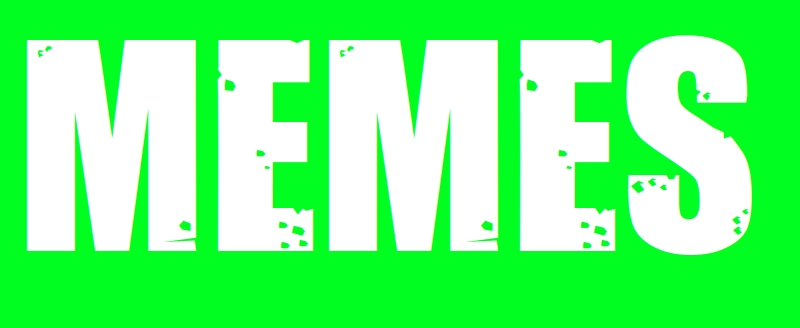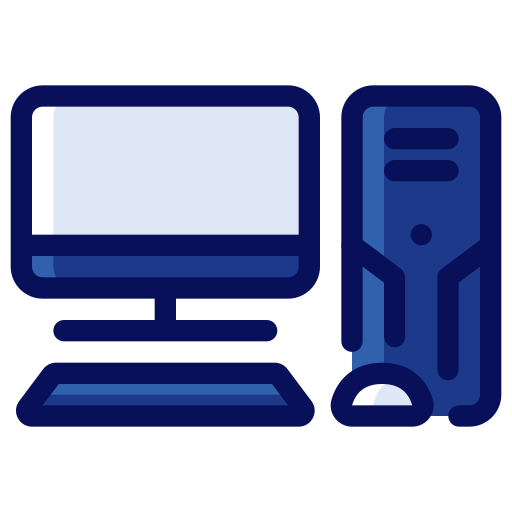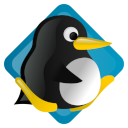

You do if your org’s Bitwarden goes down because “organization suspended”. Welcome to my Sunday.


You do if your org’s Bitwarden goes down because “organization suspended”. Welcome to my Sunday.


The rng mechanics are definitely frustrating for some but the game is way deeper. Getting to 46 rolls the credits but you are left with so many unanswered questions. Some people stop there and feel satisfied, but others are curious about the world.
My thoughts are to try to push through the initial frustration with rng on the drafting side. You’ll eventually find that there are Roguelite mechanics to help you along, and it will feel less rng-dependent.


This would depend on whether the limit is defined as ingress or egress or both. For example AWS has free ingress traffic from the internet but there is a cost for egress traffic to the internet.
A better solution would be to find a unmetered service, which means that you have a fixed transfer speed (e.g. 500 Mbit) but have unlimited bandwidth. OVH offers this in their VPS products.


Not OP but this is how I learned it and how it’s presented in the help file.
$ help while
while: while COMMANDS; do COMMANDS-2; done
$ help if
if: if COMMANDS; then COMMANDS; [ elif COMMANDS; then COMMANDS; ]... [ else COMMANDS; ] fi
Using a normal Google account it has a bunch of checkmarks on https://gemini.google.com/u/1/apps but this is not available on my Workspace account.
I bought it personally but I would hardly call it expensive. The three year license is like ~67 USD a year for both CRT and FX.
I love it mainly because it’s multi-platform but I wish it had more features. They boast their great integration with VShell but it would be much better if they just had better support for OpenSSH, like being able to push ssh keys to a host.


Best news I’ve heard all day.


The fiber we use at our datacenter is quite flexible but still gets damaged if you bend it too far. To roll it like they describe you would still want to have a fairly large drum (probably like 3-4 inches in diameter) which would make it pretty bulky for a small drone.


Since Stargate is my go-to scifi I’m kinda offended at the “doesn’t take itself too seriously”. Sure it’s not as hard on the science as The Expanse (you know, except for the magic portals to other stars), but it feels like it takes itself pretty seriously. There are obvious bottle episodes that were probably written for other shows and shoe-horned in because they were cheap to buy and produce.
For #2, I think this would get pretty old pretty fast, not to mention that they have to fit everything into runtime constraints. Every new planet the team spends months researching the new language. Sure, you could handwave it (we found a Goa’uld translator just laying around), but that would be back to just one language. Since the Stargate presents an instant transportation rather than the days/months/years of starship travel it would make sense that languages stay fairly consistent as people move from planet to planet.
For #3, they pretty much handwave this in SG-1 as the majority of planets in the Milky Way were repopulated by the ancients in their image, and others were transferred from Earth.
NoSQL is best used as a key-value storage, where the value can be non-tabular or mixed data. As an example, imaging you have a session cookie value identifying a user. That user might have many different groups, roles, claims, etc. If you wanted to store that data in a RDBMS you would likely need a table for every 1-to-many data point (Session -> SessionRole, Session -> SessionGroup, etc). In NoSQL this would be represented as a single key with a json object that could looks quite different from other Session json objects. If you then need to delete that session it’s a single key delete, where in the RDBMS you would have to make sure that delete chained to the downstream tables.
This type of key-value lookups are often very fast and used as a caching layer for complex data calculations as well.
The big downside to this is indexing and querying the data not by the primary key. It would be hard to find all users in a specific group as you would need to scan each key-value. It looks like NoSQL has some indexing capabilities now but when I first used it it did not.


Sadly, most of the ones I’ve found are too complicated, and getting all devices to accept the CA is more hassle than it’s worth for self hosting. I’ve given up and just buy my wildcard cert for 60$/yr and just put it on everything.


exFAT is an extension of the FAT32 filesystem that allows for larger drive sizes and file sizes and is mostly used on SD cards. Despite the name similarities it has nothing to do with the ext filesystem, and won’t support the same features as it (such as symlinks).


1000 mbps is the theoretical limit of the line. You will typically lose a little bit for things like TCP overhead.
Link bandwidth (Mbit/s): 1000
Max achievable TCP throughput limited by TCP overhead (Mbit/s): 949.2848
There is a snap package which should be more up-to-date, but I’m not sure I would recommend that for an editor. Compiling from source would be fine, as it will default install into /usr/local and shouldn’t affect the existing install. Afterwards you may need to update the link to emacs in your /bin folder (manually or via update alternatives) or add the folder where the new emacs is to your path at the front.


Found some documentation listing the two middle switches as the rounding switch (up fraction down) and the decimal switch (auto? 0 to 6 then hex?). No idea on the other two.
http://www.calcuseum.com/SCRAPBOOK/BONUS/32853/1.htm
Decimal switch: [A-0-2-3-4-6-F], Round switch: [(ArrowUp)-5/4-(ArrowDown)], Miscellaneous switch: [(Blank)-K .-(Sigma)],


Here’s a snapshot of the memory of a running live cd of Ubuntu. I ran a script to load 0123456789abcdef over and over and it’s clearly readable. Nothing special is required for this, as the Hypervisor has access to anything that the VM does. If the VM loads the encryption key for your disk into memory it will be available to the provider.


Dunno what rock you were hiding under but this is absolutely possible in a hosted environment. There’s even ESXi documentation on how to do it. Taking a snapshot can be detected, but can’t be prevented. These memory dumps can include encryption keys, private keys (such as SSL certificates) and other sensitive data.
Unless you can physically touch the drive with your data on it, I would not store any sensitive data on it, encrypted or not.


The DNS-01 challenge can be used to generate a wildcard by creating the requested dns record in your public dns zone, then you can use that cert for internal servers/dns. With certain dns providers it can even be automated.
https://eff-certbot.readthedocs.io/en/stable/using.html#third-party-plugins
A popular EHR cloud service that we use has a developer portal where operations such as logging in or entering two-factor codes would take upwards of 2 minutes to process.
When I asked our rep about it they went “eh it’s normal”.
This same company designed a XML SOAP API where if you request too much data, it just returns a HTTP 200 with no content. No error message or formatted SOAP reply, just completely nonsensical response.
I hate this company but there’s literally very few choices in this space.